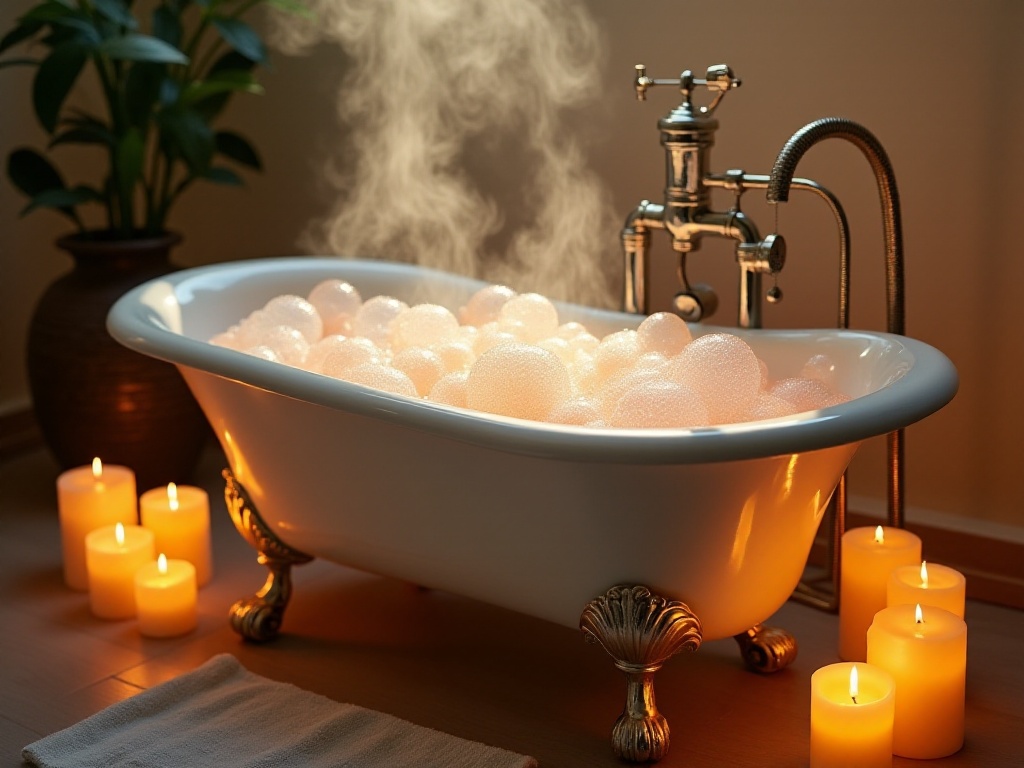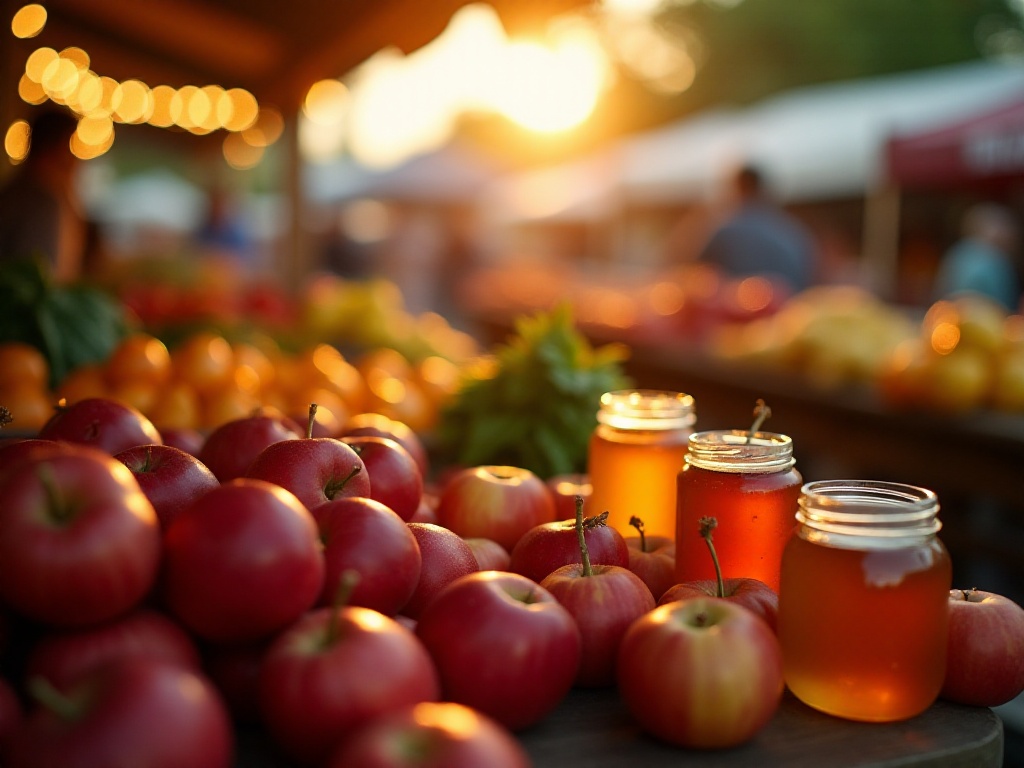Introduction
As a fresh graduate working long hours, coming home to a messy kitchen after overtime, there's always a strong temptation to order takeout. However, eating takeout daily is not only unhealthy but also expensive. From being a kitchen novice who couldn't even fry an egg without burning it, through constant exploration and practice, I finally discovered some particularly useful kitchen tips. Today I'm sharing these treasures with everyone, guaranteed to transform you from a kitchen disaster into a culinary expert!
The Secret to Preventing Boilovers
I still remember my painful first attempt at cooking pasta. That evening, I had invited close friends over for dinner and wanted to impress them. But as soon as the water started boiling, foam erupted like a volcano, making a mess of my new stovetop. I was so frustrated and anxious at the time, I almost wanted to throw the pot out the window.
Later while surfing the internet, I discovered an amazingly simple trick - placing a wooden spoon across the pot. At first, I was skeptical, doubting such a simple method could work. But when I tried it with an open mind, the results were surprisingly good!
It turns out the wooden spoon breaks the surface tension of the water, causing the foam to disperse when it touches the spoon. Plus, the spoon's lower temperature causes the boiling bubbles to cool and contract when they contact its cold surface. Now I always keep several wooden spoons in my kitchen, and never worry about boilovers whether I'm cooking noodles, making soup, or preparing porridge.
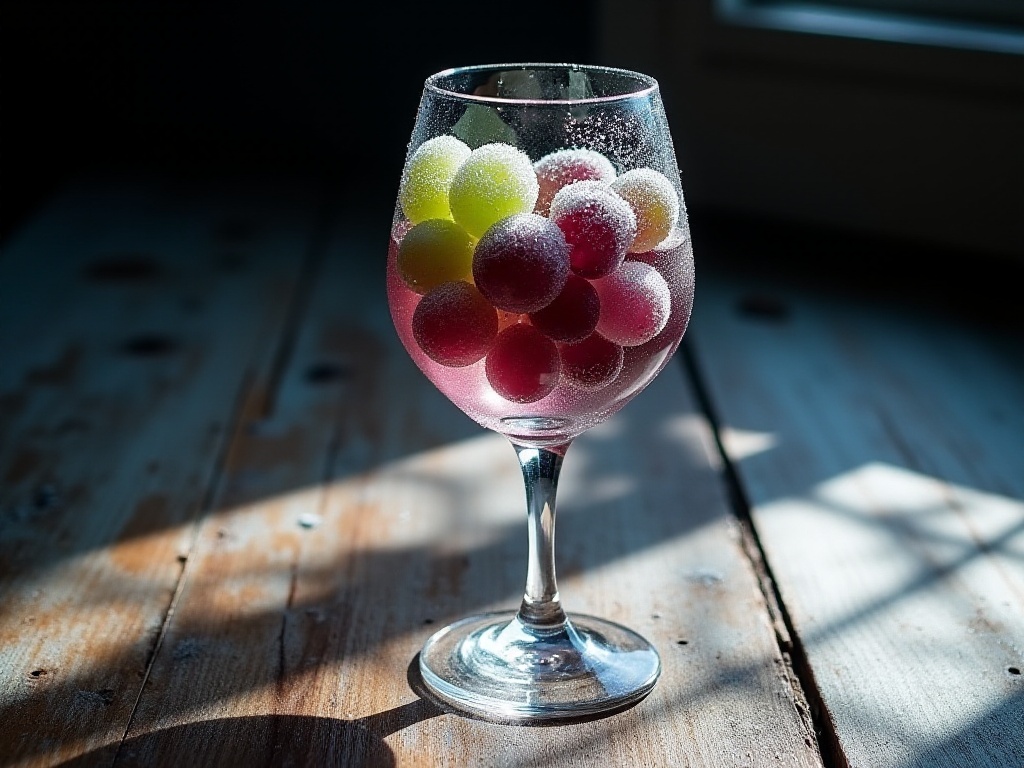
Cold Drink Innovation
I remember once hosting a girls' party at home where I specially bought several bottles of imported wine I'd been wanting to try. To make the wine more refreshing, I added some ice cubes to the glasses. But before long, the ice had completely melted, turning the originally rich wine as tasteless as plain water. I was heartbroken at the time - a bottle of wine costing several hundred dollars ruined just like that.
After this lesson, I began researching how to enjoy cold drinks without affecting their taste. Through perseverance, I finally discovered the brilliant idea of using frozen grapes instead of ice cubes. Before drinking wine now, I always wash a box of grapes and freeze them in advance. These frozen grapes not only keep the wine at the optimal drinking temperature but also melt much slower than ice cubes.
Most delightfully, as the grapes slowly thaw, they release a subtle fruity aroma that perfectly complements the wine's flavor. Now whenever friends come over and see me putting grapes in wine glasses, they're amazed. This trick works great not just with wine, but also with cocktails, juice, and even coffee. Plus, eating the grapes afterwards is an added bonus - it's truly a win-win solution.
Clean as You Go
I remember when I first started cooking, the kitchen always looked like a war zone afterwards. Oil stains everywhere, condiment bottles knocked over, and dirty dishes piled high in the sink. It would take at least half an hour to clean up, almost making me lose interest in cooking altogether.
Later I realized the problem wasn't with cleaning itself, but with my cleaning method. Now I use a "clean as you go" approach, spreading cleaning tasks throughout the cooking process. For example, while waiting for water to boil, I'll put away used seasonings and quickly rinse the cutting board and knives. While waiting for ingredients to simmer, I'll wipe clean the condiment bottles and arrange them neatly.
This approach not only keeps the kitchen consistently tidy but also improves cooking efficiency. Everything is organized so you can grab what you need instantly. Plus, this method prevents food from overcooking since you won't be distracted by a messy kitchen.
I also made a rule for myself: today's cooking must be cleaned up today. This way, I can start fresh when cooking the next day. After maintaining this habit for a while, I found myself enjoying cooking more because I no longer dreaded the post-cooking cleanup.
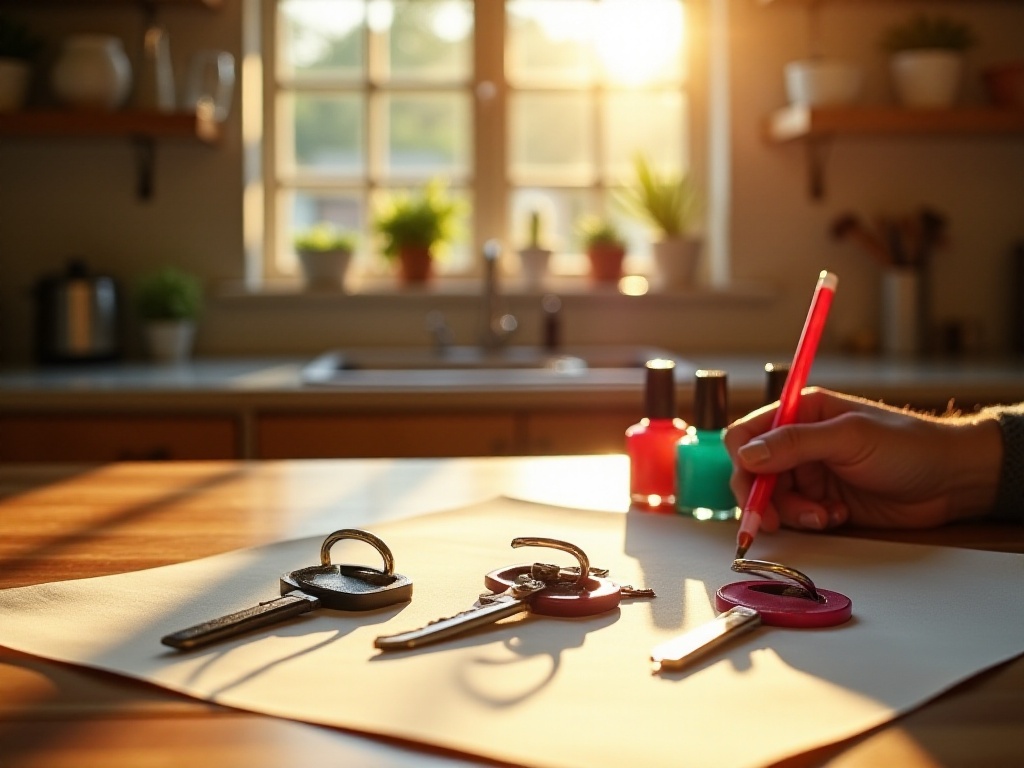
Cleaning Tips
Speaking of cleaning, I used to think it was an especially time-consuming and laborious task. Just finding cleaning supplies meant making several trips around the house. Later I came up with a good solution: keeping a set of commonly used cleaning supplies in each area of the house.
For example, in the kitchen, I keep a bottle of degreaser, a cloth, and a small brush. In the bathroom, besides basic cleaners and cloths, I also keep a toilet brush. In the living room, I keep a bottle of glass cleaner and cloths handy for wiping the coffee table and windows.
While this approach requires spending more money upfront on cleaning supplies, it's definitely worth it in the long run. It makes cleaning more convenient and efficient, allowing you to address messes immediately instead of letting them accumulate. Plus, this method helps develop good cleaning habits, keeping your home consistently tidy.
I also discovered that different cleaning supplies should be chosen based on specific cleaning needs. For instance, kitchen cloths should be microfiber to avoid leaving water marks, while bathroom cloths should be highly absorbent to quickly dry up water. The same goes for cleaners - different areas need different types of cleaners for the best results.
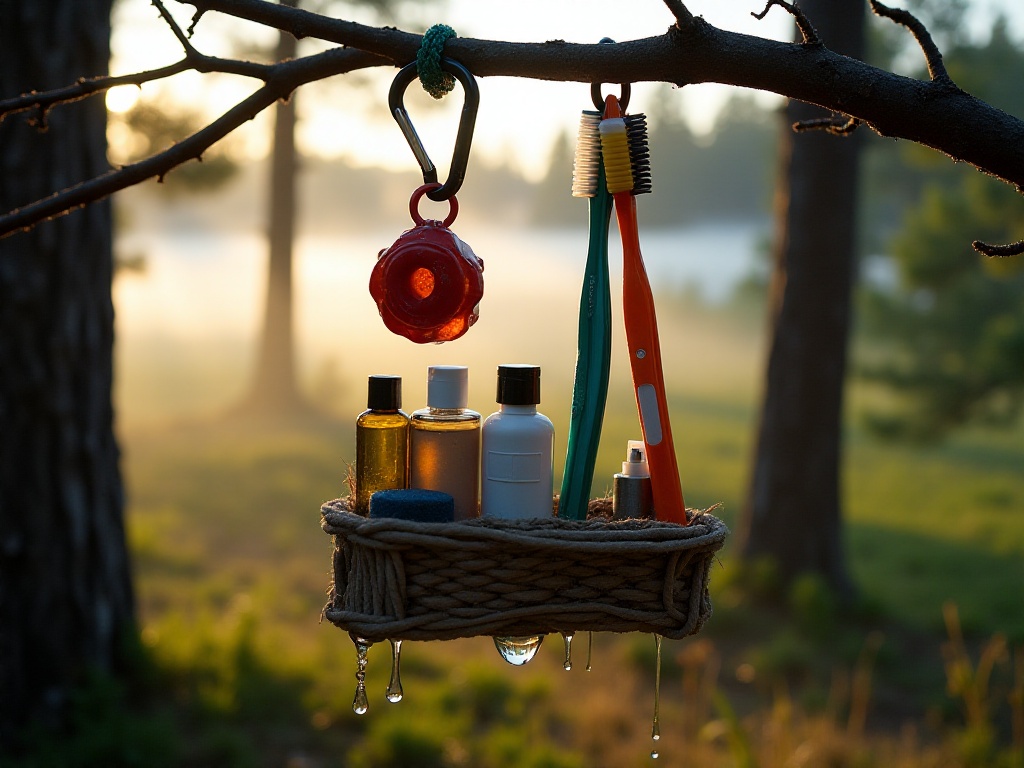
Key Management
Every time I stand at my door searching for keys, I feel especially frustrated. Particularly when returning home at night, trying to find the right key among a bunch of similar ones in dim light is truly torturous. Once I even missed the last elevator because I spent too long looking for my keys.
Later, I had a bright idea to mark keys with nail polish. I painted my house key bright red since it's my most frequently used one; my car key sky blue to match my car's color; and my storage room key yellow, making it instantly recognizable.
This method isn't just practical, it's also fun. I even bought some glitter nail polish to make the keys look cooler. My friends who saw my keyring said it was super creative and wanted to copy the idea. Most importantly, this method has saved me lots of time searching for keys, and I no longer worry about fumbling at my door.
However, I should remind everyone that when applying nail polish, be careful not to apply it too thickly to avoid affecting the key's use. I suggest applying a base coat first, waiting for it to completely dry before applying a second coat - this way it's both attractive and practical. Also, regularly check if the nail polish is peeling and touch it up promptly to maintain clear markings.
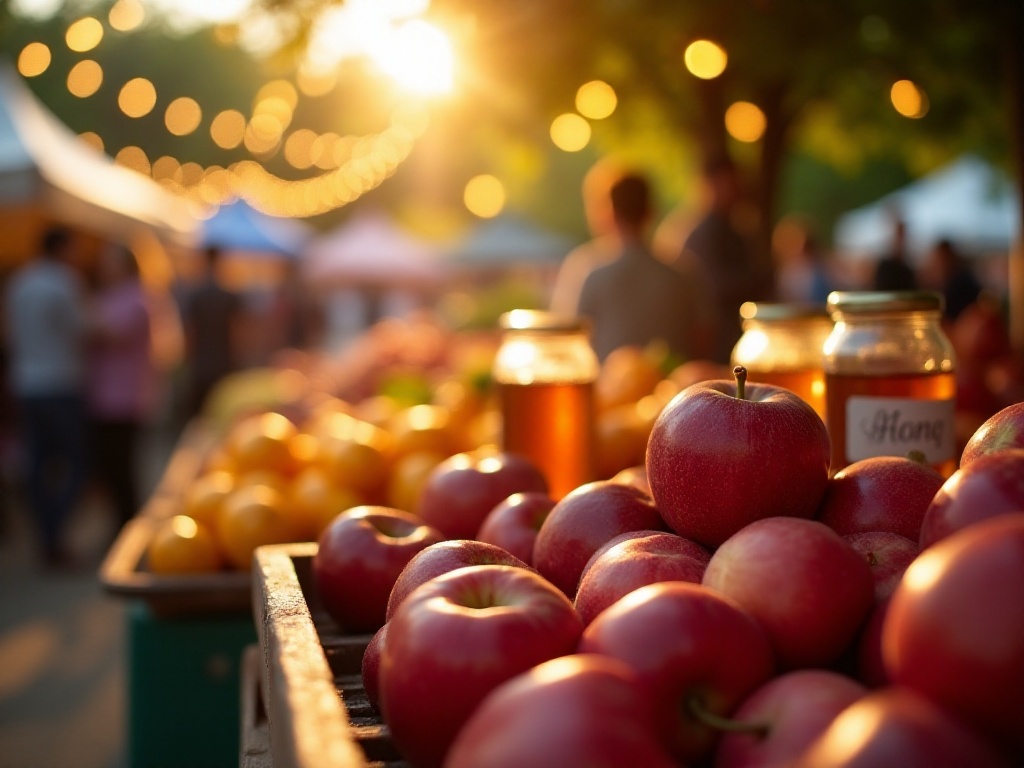
Glass Cleanup
Once while cooking, I accidentally broke a glass. Although the large pieces were easy to clean up, the tiny shards gave me a headache. Using a broom didn't seem thorough enough, and I worried about damaging the vacuum cleaner if I used it.
While I was at a loss, I suddenly thought of using a wet sponge or wet paper towels to handle these tiny glass fragments. Surprisingly, this method worked amazingly well! The glass shards stick firmly to the wet surface, preventing them from scattering and making it less likely to miss any pieces.
However, safety always comes first when handling broken glass. I recommend everyone wear rubber gloves to prevent cuts from sharp fragments. If glass breaks on carpet, first use strong tape repeatedly to pick up surface fragments, then use a wet sponge to handle the remaining tiny shards.
This cleanup method has become standard at my home. Whenever glass items break accidentally, I use this method to handle it. I also keep several pairs of thick rubber gloves in my first aid kit for such emergencies.
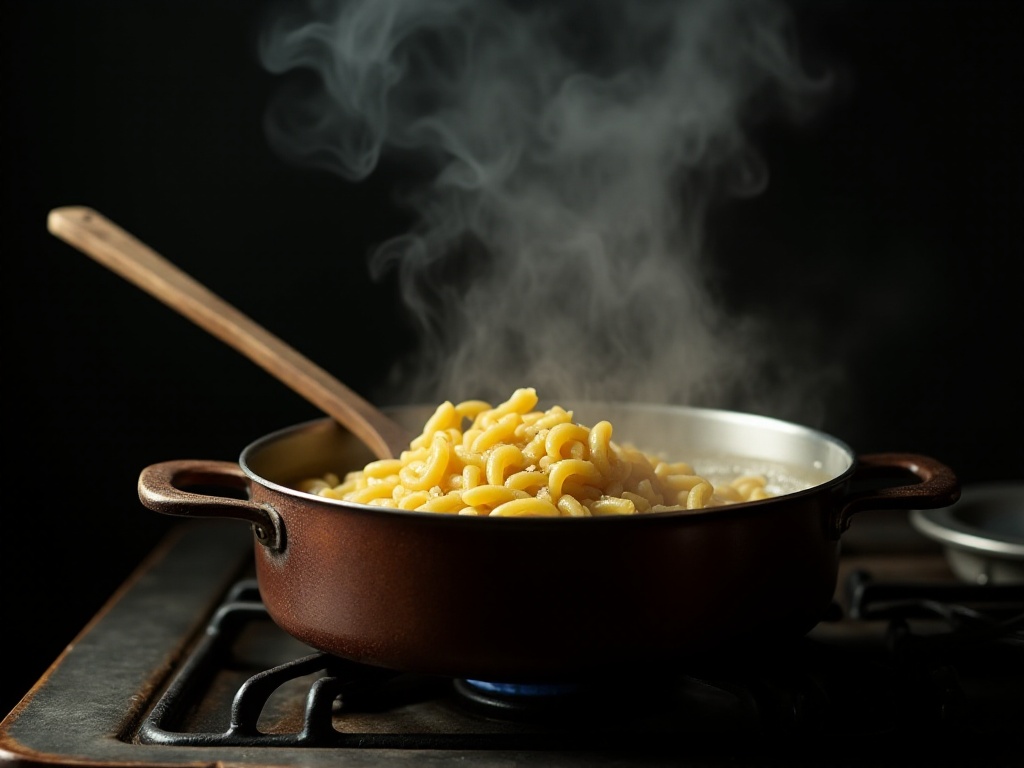
Dealing with Fog
Foggy bathroom mirrors are truly annoying. After every hot shower, the mirror gets covered with a thick layer of condensation, making it really difficult to apply makeup or style hair. Wiping it by hand only works briefly before it fogs up again, and running the exhaust fan risks catching a chill.
Later I found an amazingly magical method online: using shaving cream on the mirror. The specific approach is to evenly apply a layer of shaving cream to the mirror's surface, then wipe it clean with a clean cloth. Mirrors treated this way resist fogging, with the effect lasting several days.
At first, I thought this method seemed bizarre, but after trying it, I found it works really well. It turns out certain ingredients in shaving cream form a protective film on the mirror's surface that effectively prevents water vapor from condensing. Now I treat my bathroom mirror with this method weekly and never worry about fogging issues anymore.
Plus, this method works well not just on bathroom mirrors but also on car mirrors. When driving in the rain, rearview mirrors often fog up, affecting visibility. After treating them with this method, you can maintain clear vision even in rainy weather.
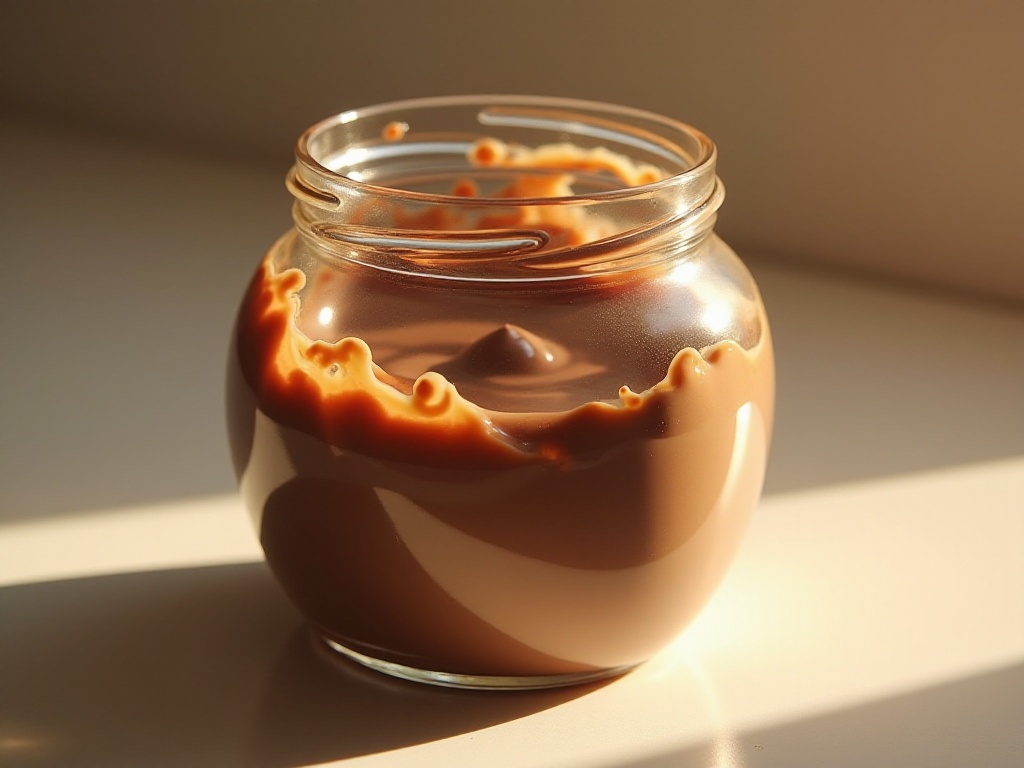
Hose Protection
As a gardening enthusiast, I know how easily watering hoses can get damaged. They either become brittle from sun exposure or get twisted and deformed from being dragged around. Having to replace them several times a year is both expensive and troublesome.
One day while sorting through old items at home, I found several discarded pool noodles. On impulse, I cut them open and fitted them around the hose. Surprisingly, this DIY solution worked extremely well! The pool noodles not only protect the hose from direct sunlight but also prevent kinking and twisting.
This discovery excited me so much that I immediately added pool noodle protection to all the hoses at home. Now when watering plants, the hose is much easier to handle, doesn't twist randomly, and won't get damaged by stones on the ground. Plus, the colorful noodles add a bright touch to my little garden.
Later I discovered that different colored noodles could be used to distinguish hoses for different purposes. For example, red for watering plants, blue for washing cars, making usage more convenient. Additionally, when storing the hose, the noodles act as buffers, preventing the hose from breaking.
Final Reflections
Through these practical life experiences, I've deeply realized that life is truly an art. Many seemingly troublesome problems can find simple and practical solutions if we just think creatively. Every time I see my small innovations making life more convenient, I feel a special sense of achievement.
Most importantly, we need to maintain a heart willing to try and innovate. Every small detail in life is worth our careful attention, because it's the accumulation of these small details that makes our lives better. I hope these tips I've shared can help everyone, and I welcome you to share your own life hacks in the comments section, so we can all make life more wonderful together!



